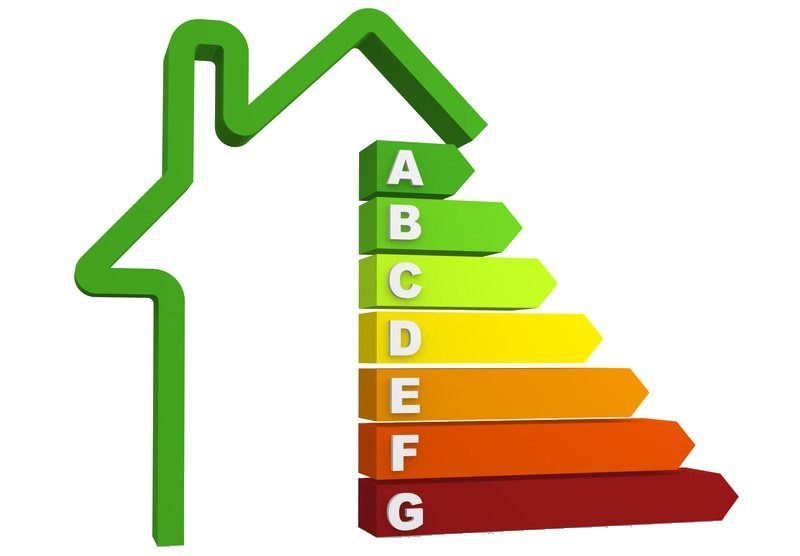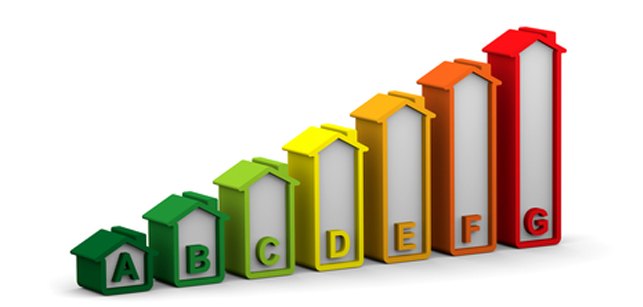
Request energy certificates
Thinking of selling or renting a property? In any case, you will need to have the corresponding energy certificate at hand, with which you will avoid being sanctioned with financial fines by the Administration. As you can see, if you do not have it, you can get into legal problems, so it is good that you start to process it from now on.
Perhaps, you have never heard of this document. If so, don't worry. At Homewatch we are experts in them and we know how to help you. Find out with us what this certificate is about and the steps you need to take to obtain it.
What is the energy efficiency certificate and what is its usefulness?
This document contains information related to energy consumption and carbon dioxide emissions of a building, home, office, premises, or other property. Since June 1, 2013, its use is mandatory.
So, when selling or renting a property, the energy rating indicated in this certificate must be evident in any advertisement or publicity act. This is applicable, whether you do direct deals with a person or use a real estate agency.
As the owner of the property, you will be the main responsible for processing the energy certificate. To do this, you will have to hire a technician specialized in the matter. It is important to mention you to what you'll face if your home does not have. Imposed fines ranging from 300€ to 6000€, this will depend on whether it is minor or major infractions.
One of the objectives that this certificate is intended to achieve is that properties in Spain have greater energy efficiency. The fact that a home obtains a low rating will not entail any consequence, since the document is informative and non-binding.
Learn more about the certificate and the information it contains
When you observe it, you will see that it is a report that consists of several pages, where the information regarding the following aspects of your property is highlighted: orientation, location, envelope, lighting and energy production systems.
Page number one is to place the general data of the home and those of the certifying technician. In its lower part, you will see a space that indicates the overall rating of the property, which will be the result of the analysis carried out regarding the carbon dioxide emissions that it releases into the atmosphere. A scale is used from A to G, where A represents the highest energy efficiency performance and G the lowest.
Have you looked at the energy labels that come with appliances? These have a design and certain specific measures, they have an official logo and a color system. Well, the goal is for you to get a label very similar to this once the emissions and energy consumption generated by your property are known. Keep in mind that the data related to energy consumption is expressed in kWh/ m² per year.
The following pages of the document correspond to four annexes, which offer the following details:
- Annex I. It presents specifications of the thermal envelope and of the appliances used for air conditioning, heating and hot water.
- Annex II. It is related to the energy rating. It is the same data that appears on the cover. It also shows the rating according to the household's spending on cooling and heating.
- Annex III. Here are the steps to be taken to improve and the energy ratings that can be obtained with its application.
- Annex IV. In this a description of the evaluation carried out is made. It includes the date of the review, the situation of the property, the measures suggested to improve and the expiration of the certificate.

What are the steps you must follow to obtain your certificate?
Next, we will explain the six steps you must follow to obtain this document.
- Contact an authorized certifier
This has to be a qualified professional technician. Both the Autonomous Communities and the professional associations of Architects and Surveyors have registries and lists of authorized certifiers that you can count on.
- Request a quote and make an appointment with the technician
There is no standard price set for this request. Each Autonomous Community can even establish its own regulations for this. It could even be free, as long as you meet some conditions.
After establishing the budget, the technician will collect some data from the house such as the cadastral report, energy bills and reports of the works and reforms carried out.
- Perform the review of housing
The technician will personally attend your property to review and collect information on the state of the facilities, the rooms, the envelope, the orientation of the home, etc. It will also examine the water, gas, electricity, air conditioning and heating installations.
- Measure the results and prepare the report
To stipulate the results, the technician will enter the information into an official computer program that will calculate the energy efficiency of the site. With the data provided by the system, it will proceed to fill out the report and its different sections that we have mentioned. At the end, they must give you the document.
- Register the certificate
You will have to go to the competent body of your Autonomous Community to present the report made by the technician. Otherwise, it will have no validity. Keep in mind that you have to pay fees during this process. The issued label lasts for ten years and you must renew it after this time.
- Add the certificate to your ads
You can do it in any offer, promotion and advertising you make to your home to sell or rent it. You must give a copy of this document to the tenant or buyer with whom you reach an agreement.
Perhaps, this whole process could seem a bit complicated due to the fact that you have to invest time to carry it out. For this reason, from Homewatch we want to help you by offering you a service where our team of professionals will manage this document for you. You will not have to worry about anything. Simply, the energy certificate will be in your hands in the blink of an eye. Do not hesitate to contact us.